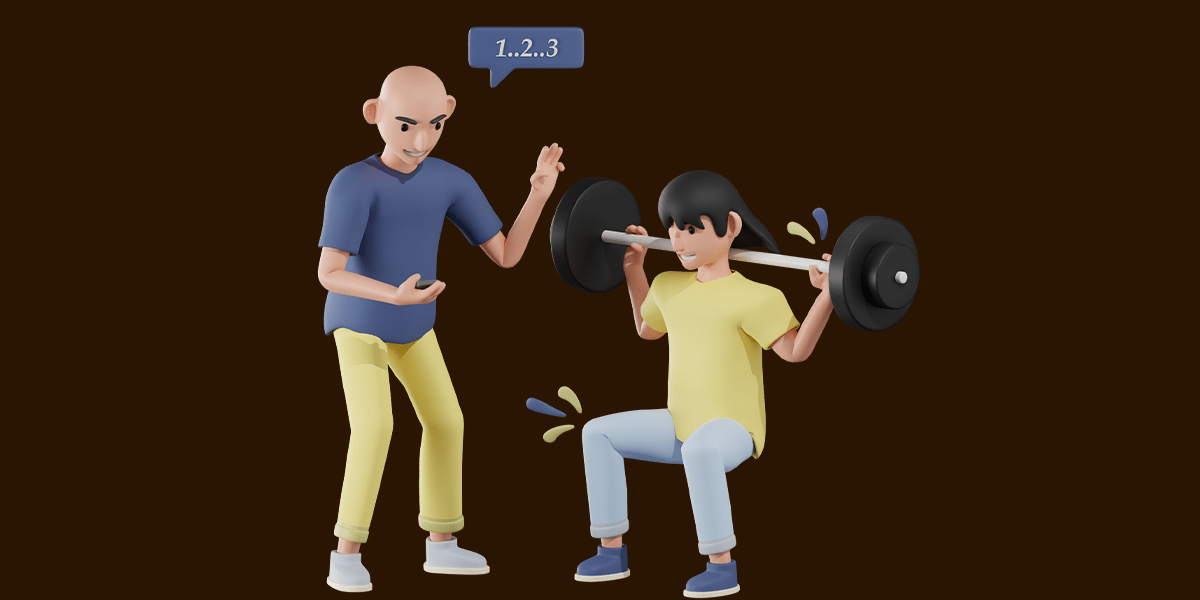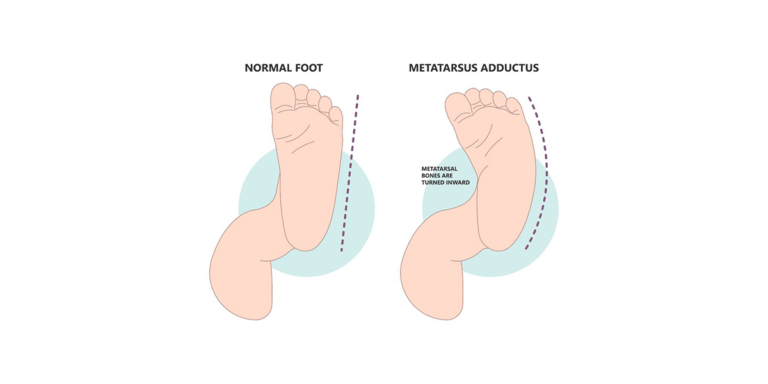Fitness Goals and Tracking Programme
- Dr Maryum Sohail
- February 14, 2024
- 10:19 pm

Setting both extended and short-term Fitness Goals and Tracking Programme is necessary while starting the journey towards a better and fitter lifestyle. Setting these goals is important, but so is effectively tracking your progress. The compass that directs you toward success is keeping track of your fitness progress.
Defining Extended Fitness Goals and Tracking Programme
The ultimate destinations you want to accomplish over a long period are your extended Fitness Goals and Tracking Programme. These objectives frequently center on major accomplishments.
- Aim to lose a specific amount of weight over a long period
- Aim to gain more muscle with strength training and a healthy diet
- Reduce your body fat percentage to get a balanced body composition.
- Finish an important physical endeavor, such as a triathlon or marathon.
- Work towards enhanced flexibility and mobility through practices like yoga or regular stretching
- Concentrate on regular aerobic exercises like jogging, swimming, or stretching to improve your cardiovascular health
- Emphasize developing healthy eating habits
- Include stress-relieving hobbies like mindfulness, meditation, or outdoor pursuits.
- Make obtaining enough sleep a priority to help your body’s healing and immune system.
Also, Check: Fitness goals and tracking programme
Setting Short-Term Fitness Goals and Tracking Programme
A longer Fitness Goals and Tracking Programme is the bigger picture, and short-term fitness goals are stepping stones toward it. They keep you engaged and inspired by making you feel like you’ve accomplished something. Temporary goals may consist of:
- Adding 10 more jumping jacks every day within a week to increase energy and cardiovascular fitness.
- cutting out sugary drinks from your diet for 14 days to save calories
- Burning more calories by walking briskly for 30 minutes daily for a month.
- spending 5 minutes stretching each morning to develop flexibility
- Replacing one daily snack with fruit for two weeks
- preparing your week’s worth of meals on Sunday
- drinking 8 glasses of water every day for a week,
- Practice planks to increase your duration in the position by 10 seconds each week.
- Cutting back on screen usage by 20 minutes before bed for better sleep.
How to track your Fitness Progress?
Like a map and compass on a journey, keeping track of your fitness progress helps you stay on target and avoid getting lost. Progress monitoring keeps you inspired and enables you to change your workout program as necessary. Here are some tips for how to keep track of your fitness progress:
Take your body measurements
Several strategies can be used to monitor your fitness development, but taking frequent body measures is one that consistently yields positive results. These estimations give you data on changes in your body’s piece, which you can use to assess the progress of your activity program.
- A healthy waist-to-hip ratio should be 0.8 or lower for both men and women.
- For precise results, use a flexible measuring tape.
Snap pictures of yourself
Using photographs to document your Fitness Goals and Tracking Programme is a great idea. Progress pictures register physical alterations in your body over time, which can help you stay inspired and recognize your successes.
Also, Check: Strength training and muscle building
Keep a workout journal.
Set attainable objectives in your chosen diary and use it as a daily source of motivation. You can choose a classic or digital journal format. Consider dietary practices and hydration levels to keep a comprehensive perspective on progress.
Use a Smartwatch or Fitness Tracker.
Wearable fitness innovation, like fitness trackers and smartwatches, offers ongoing data about your action levels, pulse, and calorie consumption, aiding the streamlining of activities and achieving wellness goals.
Ask your doctor for a physical
Routine doctor visits are necessary for monitoring general health and fitness levels. Doctors can provide tailored guidance based on your medical history and assist in setting reasonable goals.
- Regular blood pressure checks can help spot potential problems and monitor how fitness affects blood pressure levels.
- Using a continuous glucose monitor (CGM), which provides real-time data on blood sugar levels, can help you better understand how your food and exercise habits affect how your body reacts to glucose.
Progress monitoring is the key to success in the world of exercise. Monitoring your progress is crucial whether you have ambitious extended Fitness Goals and Tracking Programmes or manageable short-term fitness goals. Use various tracking techniques, such as fitness apps or keeping an exercise log, but always stay consistent. You will meet your Fitness Goals and Tracking Programme and enjoy the transformational process if you follow these suggestions.
Dr Maryum Sohail
Subscribe to Dr Owais YouTube channel
For parenting advice, child health, symptoms, causes and treatment of illness in children.





